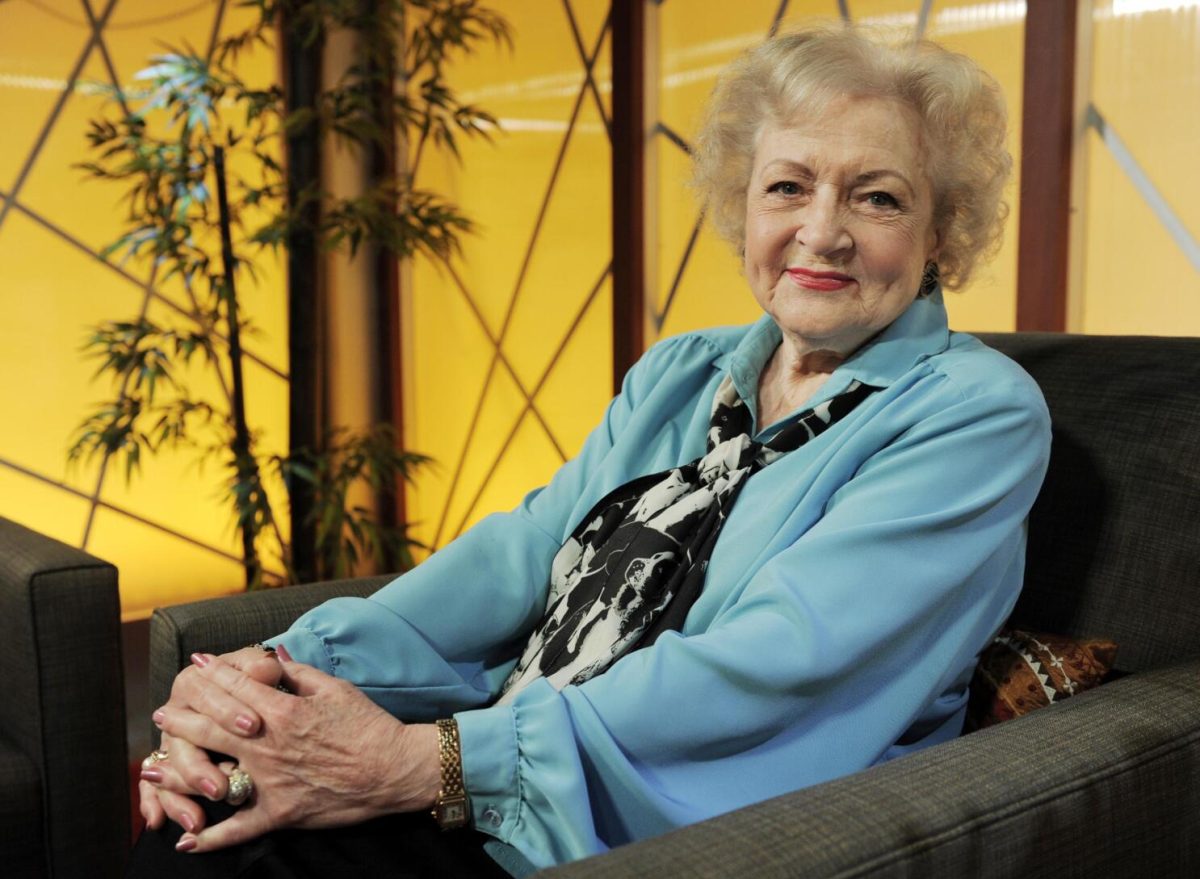Agusta Ada King, Countess of Lovelace (born with the last name Byron) was an English mathematician and writer. She was known for her work on the mechanical computer which Charles Babbage proposed called the Analytical Engines. She was the first to recognize that the machine had applications besides running calculations.
Ada Byron was the child of the poet Lord Bryon and the reformer Anne Isabella Milbanke. Ada had multiple half-siblings who came from her father’s relationships before he was married to Anne. Lord Bryon separated from his wife a month after Ada was born and left England for the rest of his life. He died in Greece when Ada was eight years old.
Her mother then, to prevent her from developing her father’s perceived insanity, promoted Ada’s interest in math and logic. Although she often got ill in childhood, she pursued her studies relentlessly.
She married William King in 1835. William King was eventually made the Earl of Lovelace. This title granted to her husband made Ada the Countess of Lovelace.
Her educational and social exploits led to her meeting some of the most influential people in science and the arts. They include figures such as Andrew Crosse, Charles Babbage, Charles Wheatstone, Micheal Faraday, and Charles Dickens. She used these contacts to help further her education even more.
Ada famously described her approach to science as “poetical science.”
When she was eighteen, her mathematical talents led her to develop a working relationship with Charles Babbage, the father of computers. She was particularly interested in his work in the Analytical Engine.

Her most famous work was written when she translated an article written by the Italian military engineer Luigi Menabrea (who later became the first Prime Minister of Italy) about the Analytical Engine. She supplemented her translation with seven notes simply named “Notes.” These notes were important for the early history of computers. One of the most influential notes was the seventh set which many historians believe included one of the first computer programs in history. She also believed that computers could do more than just mathematical equations. This was a unique belief, as at the time, most of the great minds of the scientific world, including Babbage himself, were only focused on the engine’s abilities when it came to number crunching.
Her mindset of “poetical science” helped her to ask new questions about the capabilities of the Analytical Engine. According to Ada’s notes, she had examined how individuals and society as a whole could relate to technology as a collaborative tool.
Lovelace died at the age of 36 on November 27, 1852, from uterine cancer. Her illness had begun several months earlier. She lost contact with her husband after confessing something to him on August 30, 1852. It is not known what she had told him. She was buried, at her request, next to her father at the Church of Mary Magdelene in Hucknall, Northamshire.






